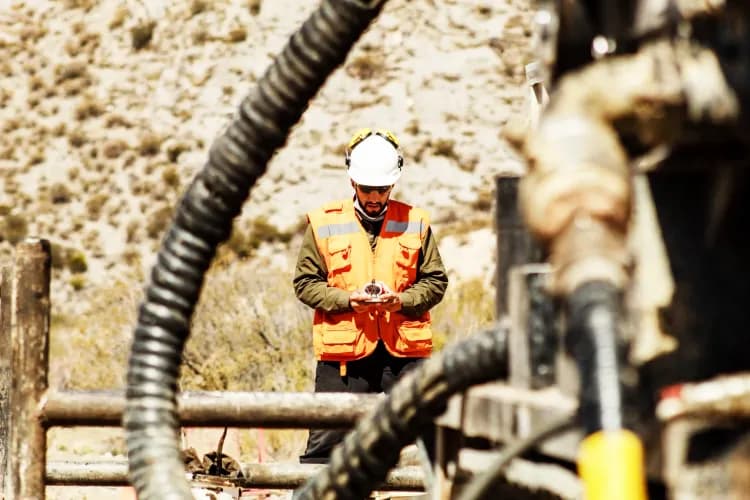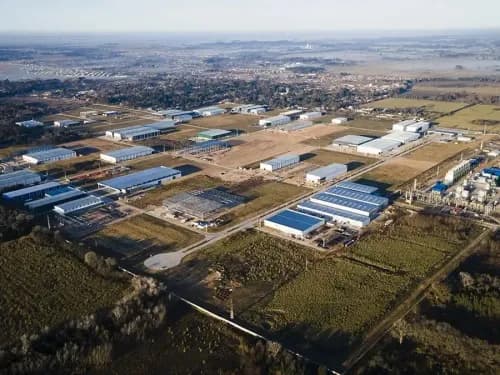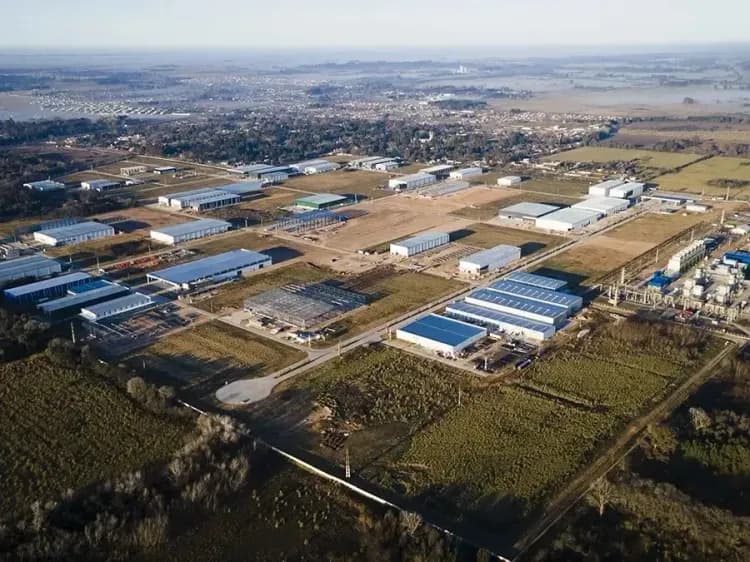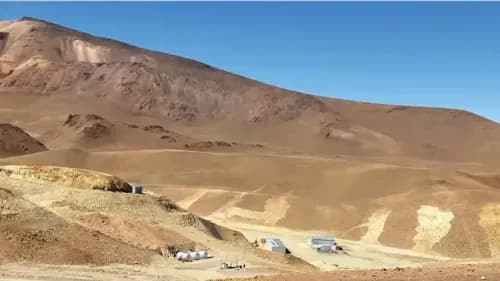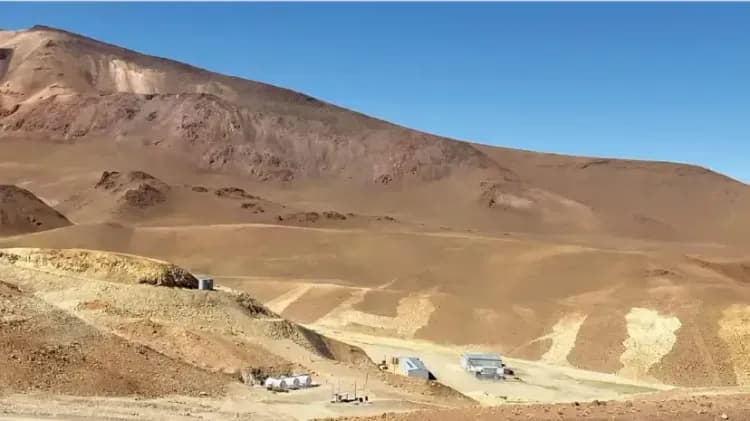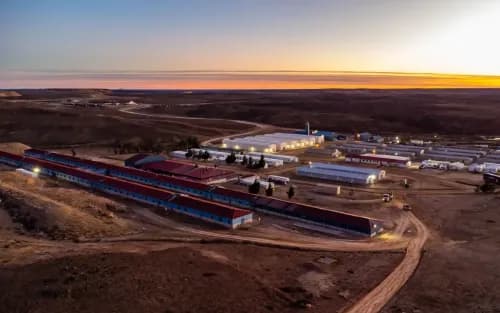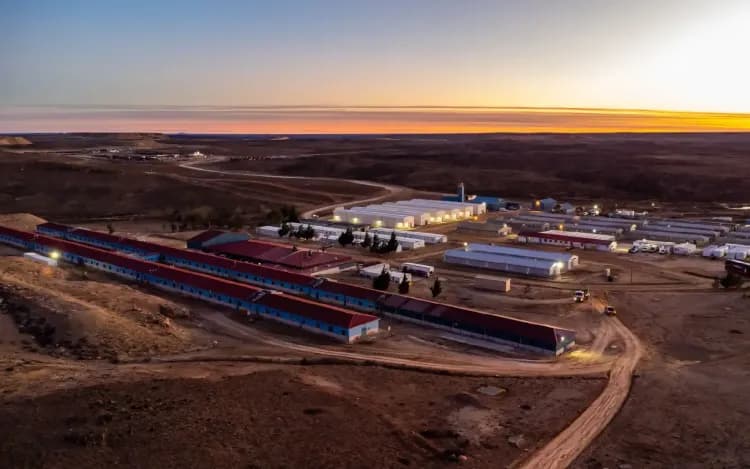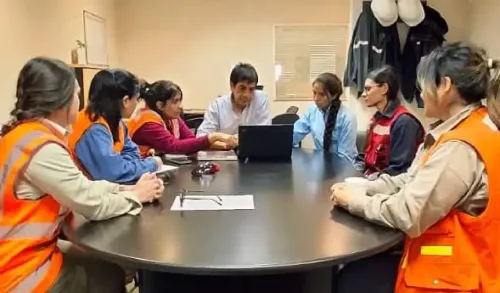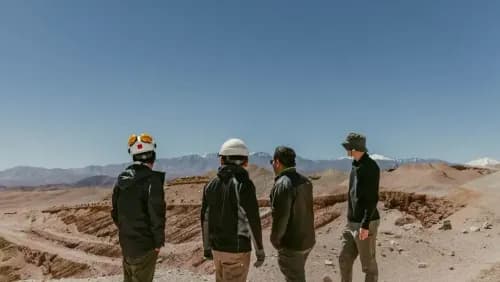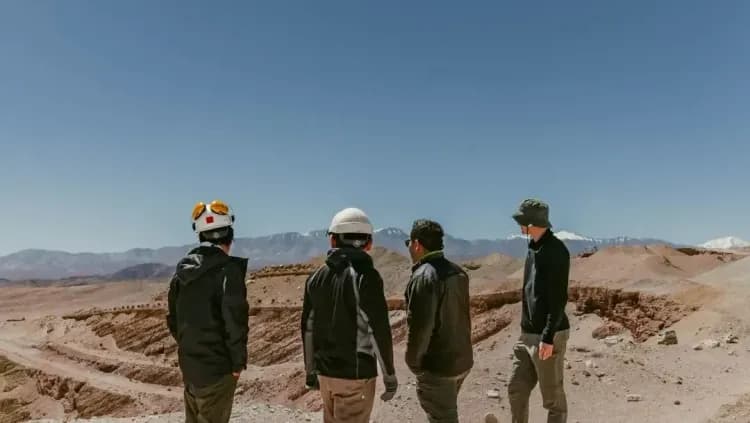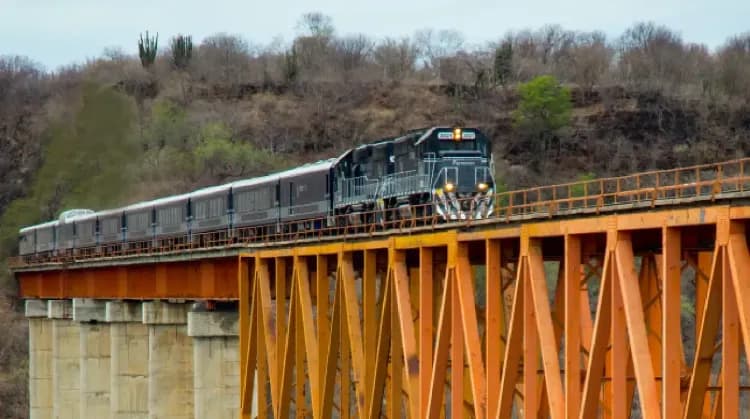In an in-depth interview, Roberto Cacciola –President of the Argentine Chamber of Mining Companies– analyzes the RIGI, Argentina’s mineral outlook, local suppliers, communication strategies, and infrastructure—key elements for the near future of the mining sector.
By Panorama Minero
Is Argentina at a unique turning point for mining, unlike the milestones seen in the past 30 years?
We all know there were euphoric phases in the past that didn’t last. The passing of the Mining Investment Law was a milestone in the ‘90s, and several projects moved forward. But we also know that in 2007, a break occurred due to noncompliance decisions that remain unresolved.
Today we’re entering a new phase—with similarities and differences compared to 30 years ago. One similarity is the strong drive to develop an industry that Argentina saw as having major potential. That’s when projects like Bajo la Alumbrera, FMC’s Fénix, and Cerro Vanguardia emerged, among others. At both that time and now, the government saw the need to boost mining. Of course, we’ve faced macroeconomic swings along the way, with exceptions like Veladero and Cerro Negro.
Today, optimism is renewed through macroeconomic definitions in a more complex environment than the ’90s, with a clear government mandate to avoid overspending, and a complementary mechanism like RIGI.
As for differences, lithium projects have gained traction—something barely envisioned in the ’90s, aside from FMC. We also see more technically mature copper projects, which were already known but have now reached a new level of development.
We have a greater opportunity than we had back then. The message is that this time it’s serious. It needs to be consistent and lasting, with legal certainty above all, and we must become more competitive so that investors feel confident making decisions.
Is the lifting of currency controls for individuals—and soon for corporations—along with the RIGI, the trigger we were missing? Or is more still needed?
The RIGI’s passage was highly anticipated, and the gradual liberalization of the economy is a big help. We must understand that this is the standard path—nothing unusual compared to other countries that attract investment.
Argentina holds strong advantages over countries that industrialized mining earlier. Moving toward predictability and legal safety puts us on par with competitors.
We must take advantage of that. Current projects will advance with high environmental and social standards, and we don’t face the problem of illegal mining like other countries do.
If government incentives align and macro conditions stabilize, we will finally have a mining industry with real strength.
How much do global context and geopolitics contribute to Argentina's mining development?
There are both competitive advantages and challenges. Among the former: Argentina is the only country offering six world-class copper projects, at a time when supply shortages are expected in the next 3 to 4 years.
European countries—traditionally conservative in decision-making—are now coming to Argentina more frequently, seeking involvement after internal pressure for inaction.
However, global uncertainty complicates access to credit, at least in the short term. We must make the case that Argentina is following a predictable, stable path. With the quality of projects we have, we’re in a strong position.
One of the concerns about mining in Argentina is infrastructure. How would roads, railways and power be financed, given the government says it won’t invest?
Infrastructure development must go hand-in-hand with project construction. This creates an added challenge, but there’s no alternative.
Given the government’s stance, financing must come from the private sector, working in coordination with provincial governments. Large-scale projects will need to negotiate directly with provinces.
These agreements should benefit not only mining projects, but local communities and regional industry. Any investor should recover their investment through collective negotiation frameworks—not just from mining revenues. It’s all about coordination and common sense.
The concept of local suppliers has gained ground recently. What’s CAEM’s view on this?
From CAEM’s standpoint, we emphasize three core principles: economic spillover beyond mining provinces, prioritizing communities, and establishing logical—not privileged—rules.
Growth must be based on collaboration and competitiveness. If a supplier can’t meet full demand, partnerships are the answer. Overly rigid local purchasing schemes can lead to bureaucracy and favoritism.
We need fair, transparent regulations. Setting impractical quotas is counterproductive. If neighboring countries want to participate, they should do so under clear conditions—and with the understanding that Argentine labor should come first.
In the precious metals segment, Argentina has more projects nearing closure than new developments. What actions are being taken to reverse this trend?
We’re working with the national government and provinces. Many current operations survive thanks to exceptionally high gold and silver prices. If we were at 2022 prices, most would be shut down.
These are mature projects, with declining grades. We must extend their lifespans using incentives like RIGI, which can promote exploration not only within current operations but in surrounding areas as well.
Secretary of Mining Luis Lucero expressed concern from the beginning—and we share that concern. We’re working to transform it into action.
President Javier Milei recently mentioned uranium in a streaming interview. Could we see development in nuclear metals?
The government's policy is in place, and interest in uranium is high, especially given its recent price increases.
Some provinces still need to make decisions. But we’re ready to engage. Uranium could become the fifth pillar of Argentina’s mining industry—alongside lithium, copper, gold, silver, and industrial minerals.
What is the situation with industrial minerals, and what’s the outlook?
The situation is very complex, especially due to the government’s withdrawal from public works. Some producers are operating at just 20–30% capacity, and survival is difficult.
We propose treating these sectors as regional economies and eliminating export duties. The tax revenue is minimal—around US$5 million annually—while the financial impact on companies is significant.
We’re working with the Federación de la Piedra, CEMINCOR, lime producers, and borate exporters to raise awareness and propose solutions.
What has been achieved in mining communication, and what still needs to be done?
Communication is a constant learning process. We’ve adapted to a world where messages must be brief and targeted. Social media is key to showing that mining is vital for the energy transition.
Equally important is showing how mining creates jobs and transforms communities. I recently visited San Antonio de los Cobres, and the progress there is remarkable.
There’s more to be done, but we’ve learned that any new project must start with community engagement—not after technical work begins, but before.
What can we expect from the upcoming Arminera? How does it compare to past editions?
This year’s edition will feature over 350 stands. On the conference side, we’ll hear from provinces and their mining authorities, who will share local challenges and opportunities.
Participants will include the European Union, TSX (Toronto Stock Exchange), IDEA, UIA, and more. Topics will range from infrastructure, AI, financing, sustainability, human rights, and communication.
We’ll also host a governors’ panel, including both mining provinces and others looking to enter the sector. In addition, we’ve invited embassies and major investors to share insights on attracting and deploying capital in Argentina.
The agenda is diverse and rich. Attendees will walk away with ideas, connections, and valuable insight for the future of mining in Argentina.


